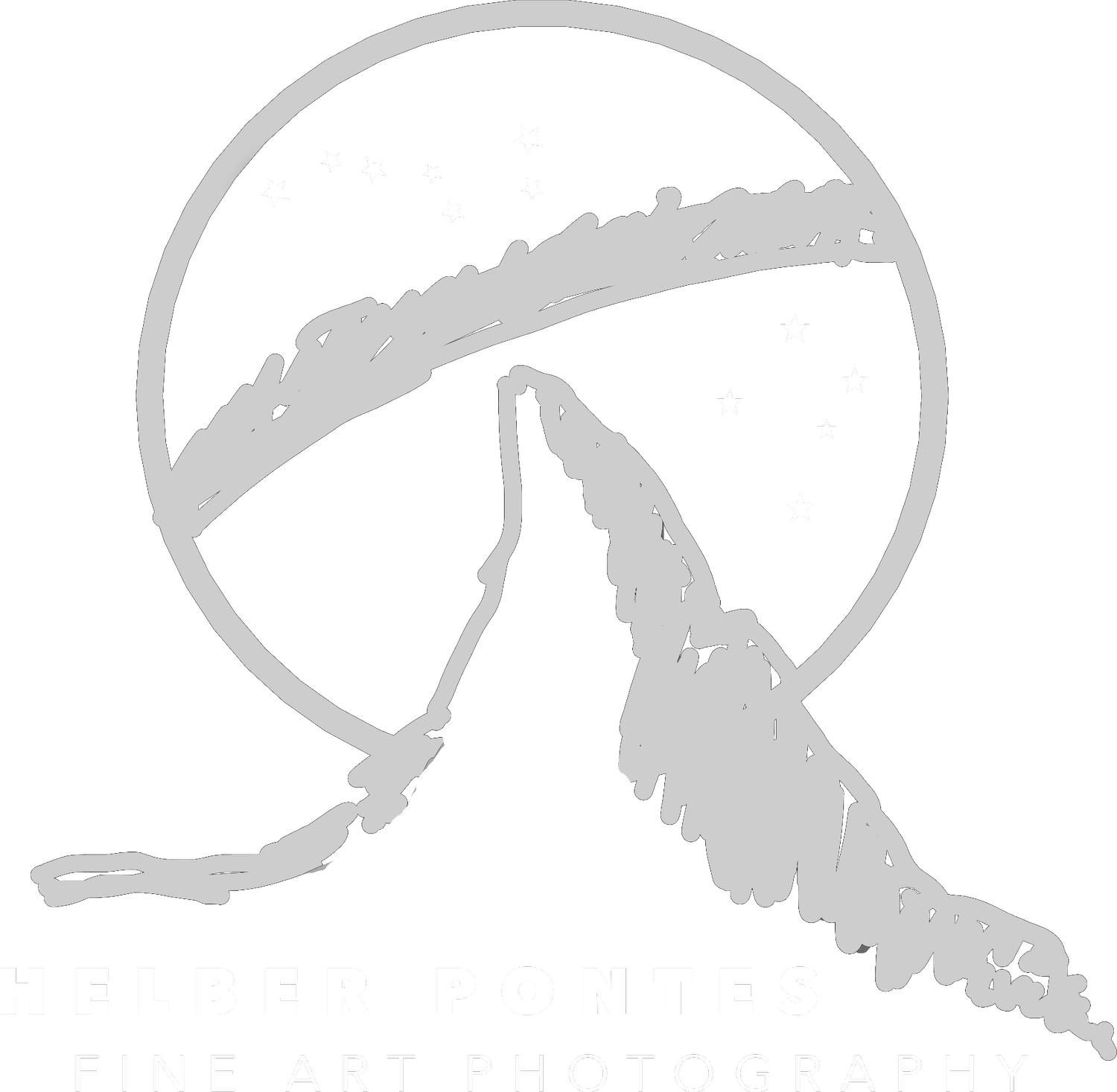NGC 6888, the Crescent Nebula
NGC 6888, also known as the Crescent Nebula, is an emission nebula located approximately 5,000 light-years away in the constellation Cygnus. It was discovered by Friedrich Wilhelm Herschel in 1792. This unique celestial structure is formed by the fast stellar wind from the central star, WR 136 (a Wolf-Rayet star), colliding with and energizing the slower moving wind ejected by the star when it became a red giant around 400,000 years ago.
The Crescent Nebula spans about 25 light-years in width and is characterized by its distinctive crescent shape, which has earned it its popular name. The nebula is part of a larger region of star formation and is a classic example of the interaction between a star in its later evolutionary stages and the surrounding interstellar medium.
The central star, WR 136, is an extremely hot and massive star at the end of its life cycle, characterized by strong winds and intense radiation. These factors contribute to the nebula's vivid emission lines, particularly in hydrogen and oxygen, which give NGC 6888 its stunning red and blue hues visible in astrophotography.
With a magnitude of around +7.4, NGC 6888 is not visible to the naked eye but can be observed with small telescopes under good conditions. It is a popular target for amateur astronomers and astrophotographers, especially during the summer months when the constellation Cygnus is high in the sky for observers in the Northern Hemisphere.
NGC 6888 is an example of the dynamic and transient nature of nebulae in our galaxy, offering insight into the complex processes of stellar evolution, particularly in the late stages of a massive star's life.
Image Details
📷 Exposures (Ha, OIII, SII)
Hα, bin 1, 220x 300s
OIII, bin 1, 220 x 300s
SII, bin 1, 220 x 300s
🔭 Equipment
Mount: RainbowAstro RST-135E
Telescope: Refractors Borg 107FL f/3.9 (Ha and OIII) and TS86SDQ (SII)
Camera: QSI 6120
💻 Software:
(Windows 10) Sequence Generator Pro, PHD2, SkySafari, ASCOM drivers
(Mac OSX) PixInsight
📍Location
Bright suburban light pollution, Class 6 of darkness in Bortle scale.
